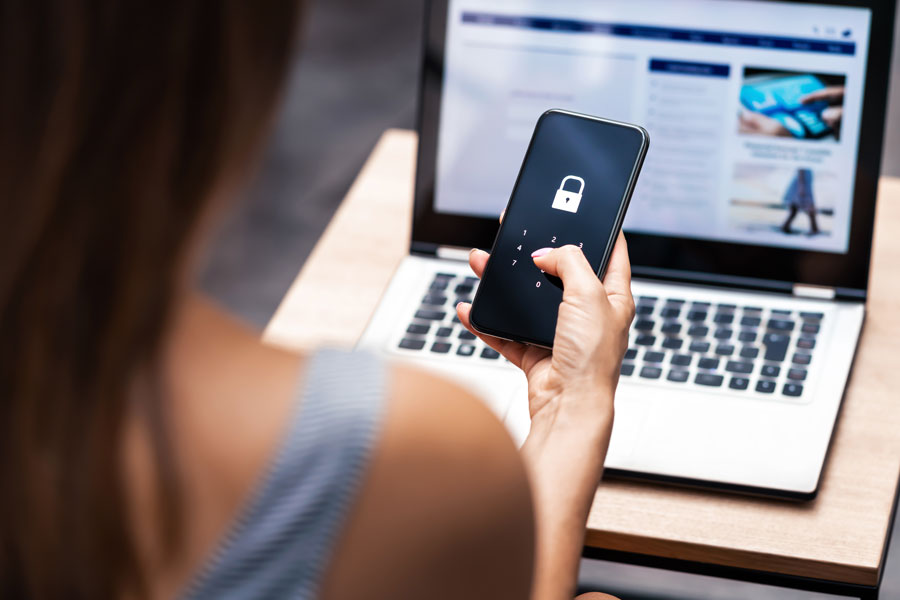10 Things You Can Do To Protect Your Identity
Facts About Identity Theft:
It’s estimated that there were 10 million victims of identity theft in 2008, and 1 in every 10 U.S. consumers have reported having their identity stolen.
The U.S. Department of Justice reported in 2005 that 1.6 million households experienced fraud not related to credit cards (i.e. their bank accounts or debit cards were compromised).
And, the U.S. DOJ also reported that those households with incomes higher than $70,000 were twice as likely to experience identity theft than those with salaries under $50,000.
What Is Identity Theft?
According to the United States Department of Justice, identity theft and identity fraud “are terms used to refer to all types of crime in which someone wrongfully obtains and uses another person’s personal data in some way that involves fraud or deception, typically for economic gain.”
Such personal information may include your name, address, driver’s license number, Social Security number, date of birth, credit card number or banking information.
Victims of identity theft can spend months trying to restore their good name.
Most victims do not realize it has happened until they get denied for a mortgage or a credit card.
Ten Ways To Protect Your Identity:
1. Dumpster Diving –
Avoid “dumpster diving” by shredding all papers that contain any personal information.
Criminals sift through trash looking for the following:
- Bank Statements
- ATM Receipts
- Canceled Checks
- Credit Card Statements
- Credit Card Purchase Receipts
- Credit Card Solicitations (unopened “pre-approval” solicitations)
- Pay Stubs
- Tax Documents
- Utility Bills
- Expired Identification Cards (Drivers License, Passports…)
- Expired Credit Cards
- Medical Statements
- Insurance Documents
2. Personal Info / Phone Calls –
Never provide personal information, including your Social Security number, passwords or account numbers over the phone or internet if you did not initiate the call.
If you are asked for any type of personal information, before giving any information, ask the caller for their name, telephone number and the organization that they are representing.
You should then call the company using the customer service number the company provides with your account statement.
Do NOT call the number you were given by the caller.
To reduce the number of solicitations you receive, you can sign up at the do not call registry:
3. Look Over Your Shoulder –
Avoid “Skimming and shoulder surfing.” (Never let your credit card out of your sight)
Pay with cash. Try never to let your credit card out of your sight to avoid a fraud scheme known as “skimming”.
Skimming is the theft of credit card information used in an otherwise legitimate transaction. It is typically an “inside job” by a dishonest employee of a legitimate merchant. The thief can procure a victim’s credit card number using basic methods such as photocopying receipts or more advanced methods such as using a small electronic device (skimmer) to swipe and store hundreds of victims’ credit card numbers.
Be aware of people “shoulder surfing”. This is when they are looking over your shoulder or standing too close trying to obtain your PIN number when making purchases with your debit card.
They may also be listening for your credit card number.
4. Secure Your Mail –
Always mail your outgoing bill payments and checks from the post office or a neighborhood blue postal box and never from home.
Pick up your incoming mail as soon as it is delivered. The longer it sits the better chance a criminal has of stealing it.
- Get a P.O. box.
- Lock Your Mail Box
Contact your creditors if a bill doesn’t arrive when expected or includes charges you don’t recognize. It may indicate that it was stolen.
5. Read Credit Card Statements –
Review account statements to make sure you recognize the purchases listed before paying the bill.
If your credit card holder offers electronic account access, take advantage and periodically review the activity that is posted to your account.
The quicker you spot any unauthorized activity, the sooner you can notify the creditor.
6. Monitor Credit Report –
Review your credit report at least once a year to look for suspicious activity. If you do spot something, alert your card company or the creditor immediately.
7. Email Links –
Never click on a link provided in an email if you believe it to be fraudulent.
Keep in mind, no financial institution will ask you to verify your information via email.
Criminals may link you to phony “official-looking “ web site to confirm your personal information. This is known as “phishing”.
“Phishing” is the criminally fraudulent process of attempting to acquire sensitive information such as usernames, passwords and credit card details by masquerading as a trustworthy entity in an electronic communication.
8. Opt Out –
Opt out of credit card solicitations. (Take your name off marketer’s hit lists)
You can opt out of credit card solicitations by calling 1-888-567-8688 to have your name removed from direct marketing lists.
You can do this online at OptOutPrescreen.com, which is the official consumer credit reporting industry opt-out website for the three credit companies:
9. Safeguard Your Social Security Number –
Protect your Social Security number.
Never carry your Social Security card or anything else with your social security number on it in your wallet or purse, along with your driver’s license.
Do not put your Social Security number or driver’s license number on any checks you may write.
Only give out your Social Security number when absolutely necessary.
10. Read Privacy Policies –
Find out what company privacy policies are. (Know who you are dealing with)
When being asked for your Social Security number or driver’s license number, find out what the company’s privacy policy.
Inquire as to why it is being asked for.
Ask who has access to your number.
Ask if you can arrange for them not to share your information with anyone else.
_________________________________
Related Credit / Identity Articles:
- Understanding Credit
- Top Credit Do’s and Don’ts To Bear In Mind When Getting A Mortgage Approval
- Is There A Rule-Of-Thumb Regarding The Number Of Credit Lines To Have Open?
- Alternate Sources For Establishing Credit

